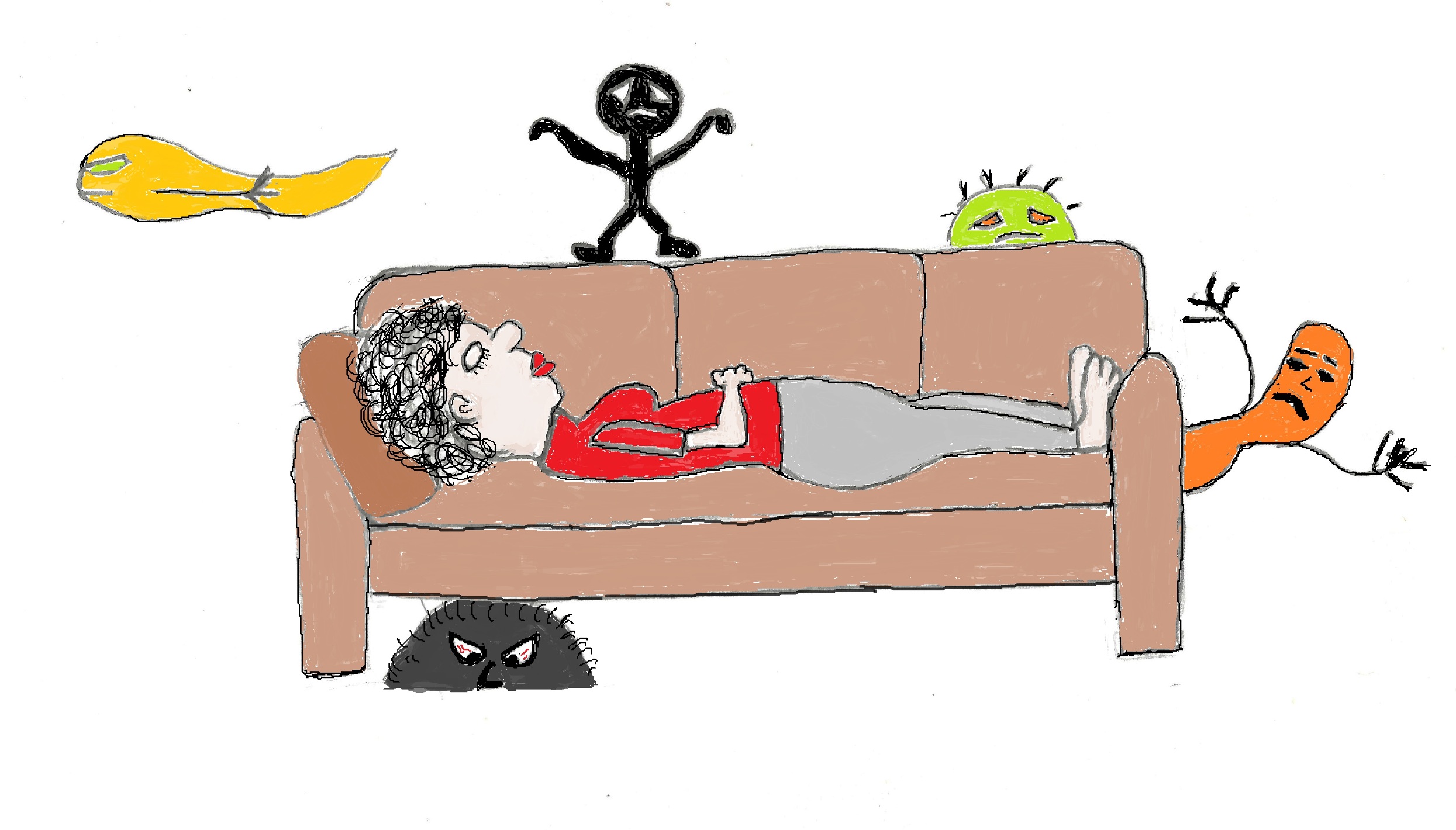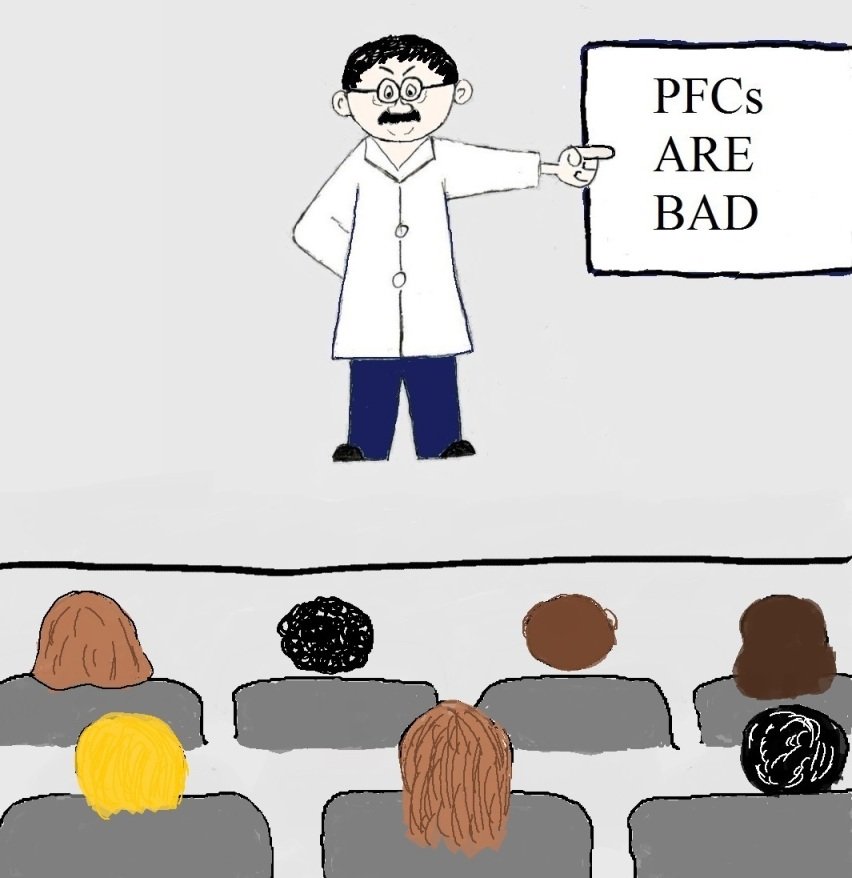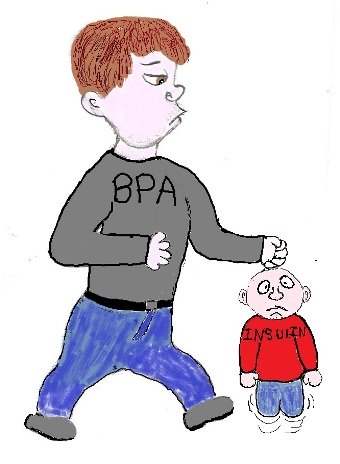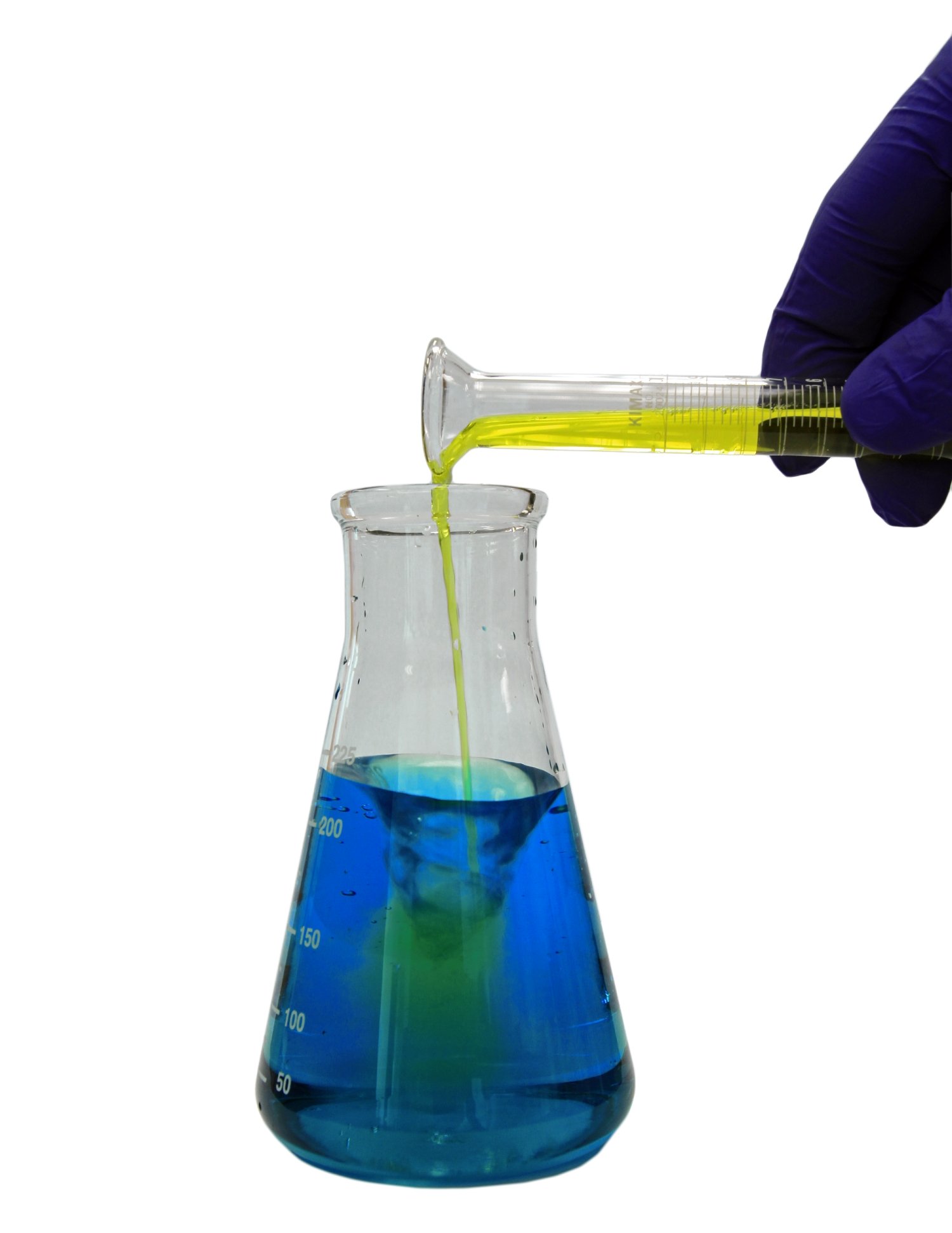- Home
- Toxic Chemicals in Household Products
- Carcinogens
5 Carcinogens You Live With
The
air in your home exposes you to many toxins that can affect your health. Some
of them can cause cancer. Check out this list of 5 carcinogens you’re probably
living with and then kick your unwanted guests to the curb.
What Are Carcinogens?
Carcinogens are substances that can cause cancer by changing the DNA in your cells. Using scientific evidence, the International Agency for Research on Cancer (IARC) ranks toxins as:
- Group 1: Carcinogenic to humans
- Group 2A: Probably carcinogenic to humans
- Group 2B: Possibly carcinogenic to humans
- Group 3: Unclassifiable as to carcinogenicity in humans
- Group 4: Probably not carcinogenic to humans
|
The NationalToxicology Program's
|
The EPA ranks carcinogens as:
|
There are over 100 known or Group 1 carcinogens and many more probable or possible carcinogens. Here are 5 that are commonly released (as VOCs or SVOCs) into the air in your home from the products you use every day.
1. Formaldehyde
Formaldehyde is a Group 1 carcinogen that gets into your indoor air two main ways.
1. It can be emitted as a vapor from products that contain it. These include household cleaners, laundry products, personal care products, upholstered furniture, carpets, plywood, and pressed wood products. Nail polishes, nail polish removers and hair-styling products contain the most formaldehyde, up to 5% as formalin in some cases.
2. The second source of formaldehyde in your home comes from scented products like air fresheners, fabric softener, hair care products and citrus (orange) oil or pine oil cleaners. The most common chemicals in products with fragrance are terpenes like limonene (citrus oil) and alpha-pinene (pine oil). Terpenes react with ozone (pollutants react in the presence of sunlight to form ozone) to release formaldehyde into your home.
Currently, there are about 5,000 products in EWG's Skin Deep Database that contain limonene. Hair care items, moisturizers and body wash account for half of these products.
- Read product labels an avoid any that contain formaldehyde or formalin.
- Read product labels an avoid any that contain: Limonene,
1-methyl-4- (1-methylethenyl) cyclohexene; 1-methyl-4-isopropenpylcyclohexene;
d,l-limonene; dipentene; dl-limonene; dl-limonene; limonene essential oil; (+)
-4-isopropenyl-1-methylcyclohexene
When buying pressed-wood products (particleboard, MDF, or hardwood plywood) choose those labeled NAF (no added formaldehyde) or in compliance with the American National Standards Institute (ANSI) or California Air Resources Board Air Toxics Control Measure (CARB ACTM) criteria.
- Always choose fragrance-free products.
2. Perchloroethylene (Tetrachloroethylene)
Perchloroethylene (perc), the chemical most widely used in dry cleaning, is rated as Group 2A: Probably carcinogenic to humans / Reasonably anticipated to be human carcinogen.
You breathe in low levels of this chemical from the dry-cleaned clothes hanging in your closet and when you wear this clothing. And not just when you first bring it home. A new study found that perc builds up in dry-cleaned clothes over repeated cleanings, especially in wool, cotton, and polyester.
To reduce your exposure to perc:
- Try hand washing some of your "dry clean only" garments. They don't all need to be professionally dry-cleaned.
- Transition your wardrobe to wash-and-wear clothing that requires no dry cleaning.
- Avoid plastic bags from dry cleaners and bring your own reusable dry cleaning bag.
- Find a green dry cleaning service that uses perc-free methods like CO2 or “wet cleaning.”At No Dry Clean.com you can type in your zip code to find green cleaners in your area.
- If you must dry-clean and your cleaner uses perc, take the plastic bags off your clothes, and let them air out on the clothesline or in the garage until the sweet smell is gone.
3. Vinyl Chloride
Vinyl Chloride is "known to be a human carcinogen".Vinyl chloride is used to make polyvinyl chloride (PVC) and a variety of other plastic products, including vinyl flooring and shower curtains, mattress protectors, pipes, cable coatings, and packaging materials.
The highest amount of vinyl chloride is released into your indoor air when the products are new. But they can continue to release this cancer-causing VOC for months.
So how can you reduce your exposure? First, assume any flexible plastic product (like a pillow protector) releases vinyl chloride. Then go out of your way to avoid using them.
- Vinyl flooring may be cheap to buy but it’s costly to your health. Opt for cork, tile or formaldehyde-free wood.
- Ditch the vinyl shower curtain and vinyl table cloths for fabric ones.
- Don't use products made from PVC.
4. Flame Retardants
Some of the most commonly used flame retardants are Group 2A: probably carcinogenic to humans and are linked to childhood leukemia and reproductive system cancers like breast and prostate. Flame retardants have a long history of polluting indoor air and making people sick. These chemicals are not chemically bound to products and are released into your home where they contaminate house dust and/or food.
Furniture is a major source of flame retardants in your home, especially polyurethane foam furniture and beds. Yes beds! Memory foam beds and infant and children’s beds contain flame retardants and their concentration in polyurethane foam can range between 4-32% of the weight of the product. In the U.S, the flame retardant TCEP [tris-(2-chloroethyl) phosphate], a carcinogen, is the second most widely used flame retardant in furniture foam, and is also used in PVC vinyl, carpet backings, paints and home electronics. And many of these products can contain more than one type flame retardant.
To reduce your exposure to flame retardants:
- For things like upholstery, curtains and children’s items check the labels for any mention of “treated with flame retardants”.
- Avoid products that have a TB 117 label (“this article meets flammability requirements”) as these are likely to contain flame retardant chemicals.
- When you're in the market for new furniture check out Center for Environmental Health for a list of furniture makers that don't use flame retardants.
- Consider buying baby products and furniture that contain polyester, down, wool or cotton (not polyurethane foam) which are less likely to contain harmful flame retardant chemicals.
- Choose naturally flame resistant fabrics and fill such as wool, cotton or jute.
- Make sure furniture made with foam is in good condition and foam is not exposed.
- Since many of these chemicals are found in house dust, keep dust levels low by using a vacuum cleaner with a HEPA filter and wiping surfaces with a wet cloth or mop.
5. Radon
Radon, a Group 1 carcinogen and the second leading cause of lung cancer, is a colorless, odorless, radioactive gas. It forms naturally from the decay of radioactive elements, like uranium. Radon gas given off by soil or rock enters your home through cracks in floors or walls; construction joints; or gaps in foundations around pipes, wires, or pumps.
About 1 in 15 U.S. homes is estimated to have radon levels at or above unsafe levels. Radon levels are usually highest in the basement or crawl space. This level is closest to the soil or rock that is the source of the radon. The levels of radon in your home depend on the characteristics of the rock and soil in the area.
EPA Recommends
- Test your home for radon — it's easy and inexpensive.
- Fix your home if your radon level is 4 picocuries per liter, or pCi/L, or higher.
- Radon levels less than 4 pCi/L still pose a risk, and in many cases may be reduced.
For more information check out EPA's Consumer's Guide to Radon Reduction
The air in your home does not have to be a major source of exposure to cancer-causing toxins. Going vinyl-free, fragrance-free and wash-and-wear, checking labels and choosing products that weren't treated with flame retardants and testing your home for radon will kick indoor carcinogens to the curb.








